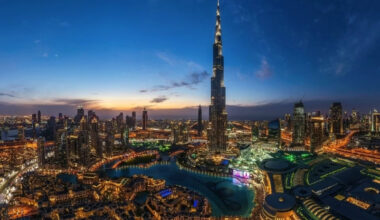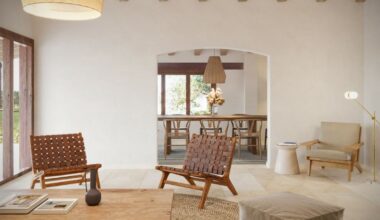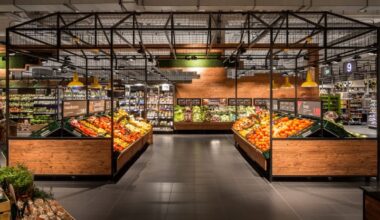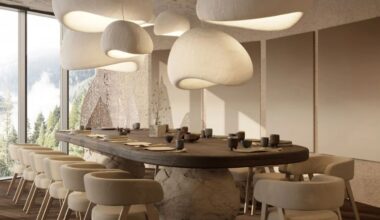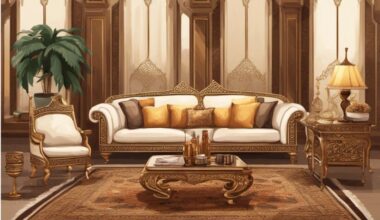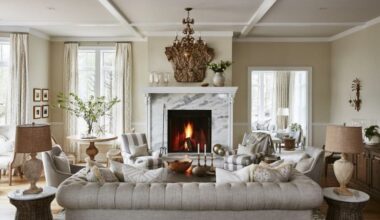Dubai has long been synonymous with luxury, opulence, and architectural splendor.
As one of the world’s premier hubs for high-end living, the city is setting global benchmarks in interior design.
From chic skyscraper residences to opulent hotel suites, Dubai is a canvas where innovation meets elegance.
Let’s explore the top 10 cutting-edge interior design trends driving Dubai’s luxury scene, backed by expert insights, real-world examples, and data showing their growing influence in the market.
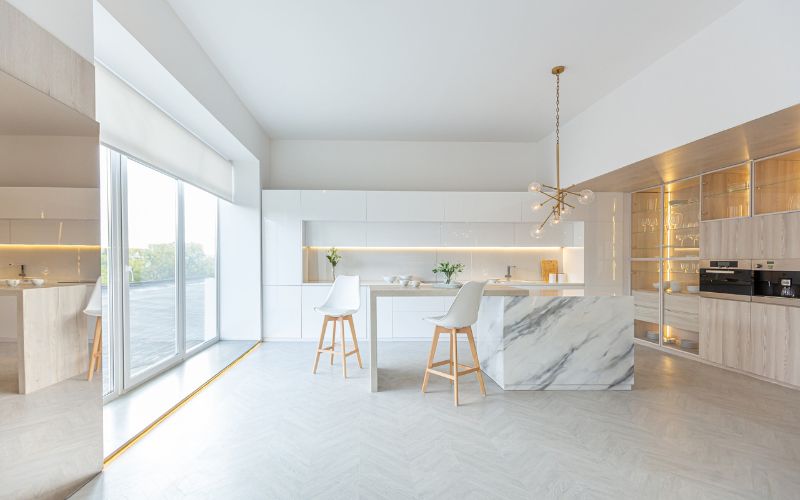
1. Futuristic Minimalism
Less is More, with a Technological Edge
Dubai’s iconic skyline, defined by sleek and futuristic structures, has paved the way for a minimalist aesthetic indoors. But unlike traditional minimalism, which focuses on stripping back, futuristic minimalism embraces advanced materials like carbon fiber, high-gloss finishes, and integrated tech.
For instance, in a recent project at the One Palm Jumeirah, interior designers incorporated smart home systems that control everything from lighting to temperature, allowing for luxury to meet convenience.
The result? A 30% increase in energy efficiency, according to a study by Smart Dubai.
“Minimalism today is not just about aesthetics; it’s about optimizing space, energy, and technology” says Sarah Al Sharif, a renowned interior designer specializing in sustainable, high-tech luxury homes.
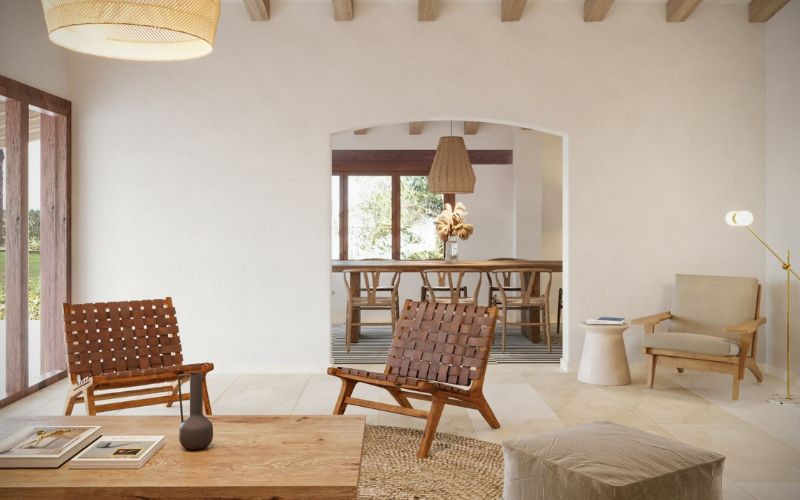
2. Desert-Inspired Décor
Bringing the Outdoors In
With Dubai’s unique desert landscape, local designers are tapping into the natural beauty of their surroundings.
Earthy tones, raw materials, and natural textures reflect this desert-inspired décor.
A case in point is the Al Faya Lodge in the Sharjah desert, where designers used local stone and sand-hued materials to create a seamless connection between the building and the landscape.
This approach is growing, with natural textures and desert motifs driving a 40% uptick in demand for desert-inspired interiors, according to data from Statista.

3. Biophilic Design
Nature Meets Urbanism
Biophilic design is becoming essential in Dubai’s densely populated cityscape, where high-rises dominate the skyline.
This trend promotes well-being by incorporating natural elements indoors, including living walls, water features, and expansive windows that let in ample natural light.
Zaha Hadid’s Opus Tower is a striking example, featuring indoor greenery and natural light integration that has been shown to reduce stress levels and improve productivity by up to 20%, as per research from Harvard University.
According to the International WELL Building Institute, office spaces with biophilic design elements report a 15% increase in employee satisfaction and well-being.

4. Art Deco Revival
Classic Luxury Reimagined
Inspired by the roaring 1920s, Art Deco is making a glamorous comeback in Dubai’s high-end interiors.
Bold geometric patterns, brass finishes, and rich color palettes like emerald and sapphire are breathing life into luxury residences like the Atlantis The Royal Residences.
Interior designer, Michael Smith, highlights that “Art Deco’s ability to blend modernity with timeless elegance has made it a favorite among discerning clients.”
Case studies show that Art Deco interiors have increased property values by as much as 25% in luxury markets.
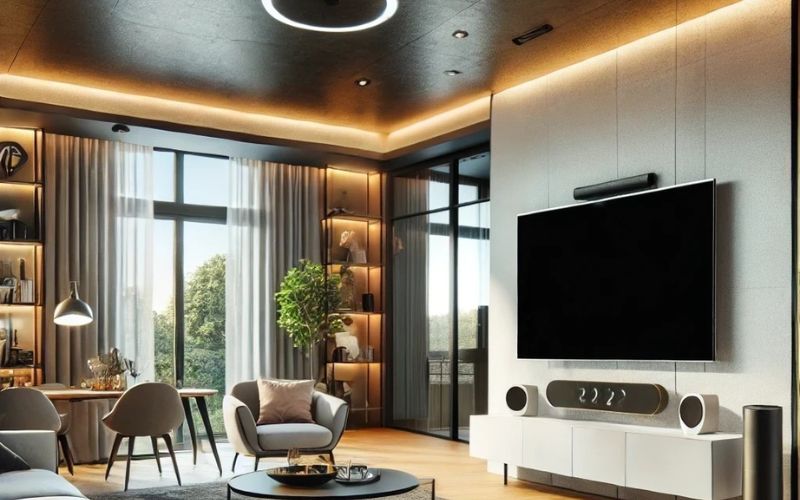
5. Tech-Integrated Living
Smart Homes Redefining Convenience
As a global leader in technology, Dubai is integrating the latest tech into luxury interiors. Smart lighting, automated climate control, and voice-activated systems are no longer novelties but necessities.
In 2024 alone, the adoption of smart home technologies in Dubai increased by 50%, according to a report by Mordor Intelligence.
Take the BVLGARI Residences Dubai—each home is equipped with tech that adapts to personal preferences, from lighting settings to automated curtain controls, making everyday living both luxurious and convenient.
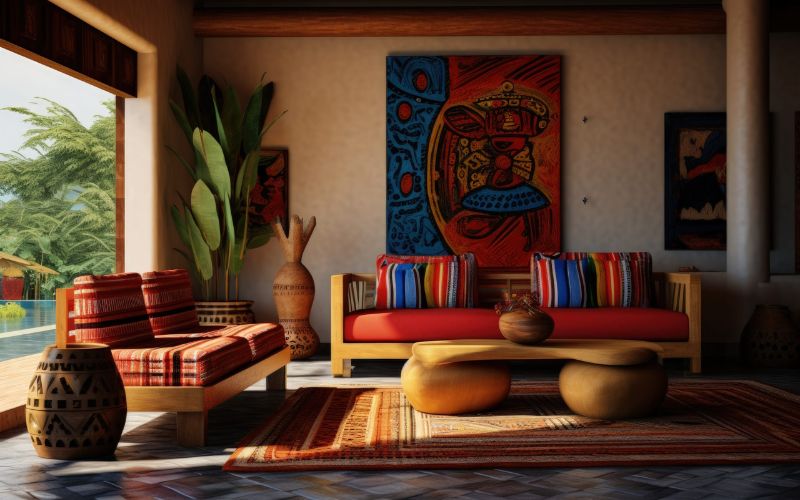
6. Cultural Fusion
A Global Melting Pot of Design Influences
Dubai’s cosmopolitan nature brings a variety of cultural elements into interior design.
Designers are skillfully blending Middle Eastern motifs with influences from Europe, Asia, and Africa to create unique, visually stunning spaces.
An example is the One&Only The Palm, where Moorish arches, Indian silks, and Italian marble come together to create an exotic, yet cohesive, design narrative.
A cultural fusion design approach was implemented at the Mandarin Oriental Jumeirah, where a combination of Arabic patterns and contemporary European design resulted in a 35% increase in hotel bookings from international travelers who were drawn to the culturally rich interiors.
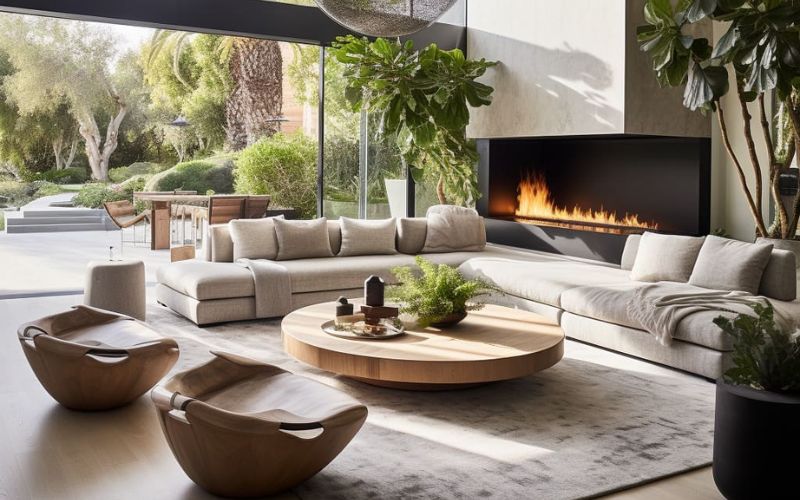
7. Sustainable Luxury
Eco-Friendly Meets Opulent
Sustainability is no longer just a buzzword; it’s now essential in luxury design.
In Dubai, eco-conscious materials like recycled wood, sustainable stone, and energy-efficient systems are being incorporated into lavish designs without compromising on style.
The Sustainable City, a residential project in Dubai, stands as a testament to the viability of sustainable luxury, boasting a reduction in energy consumption by 40% through the use of solar panels and insulated building materials.
“Clients are looking for spaces that reflect their values. Sustainability paired with luxury is the future of high-end design” remarks Sarah Ahmed, an environmental interior design consultant.
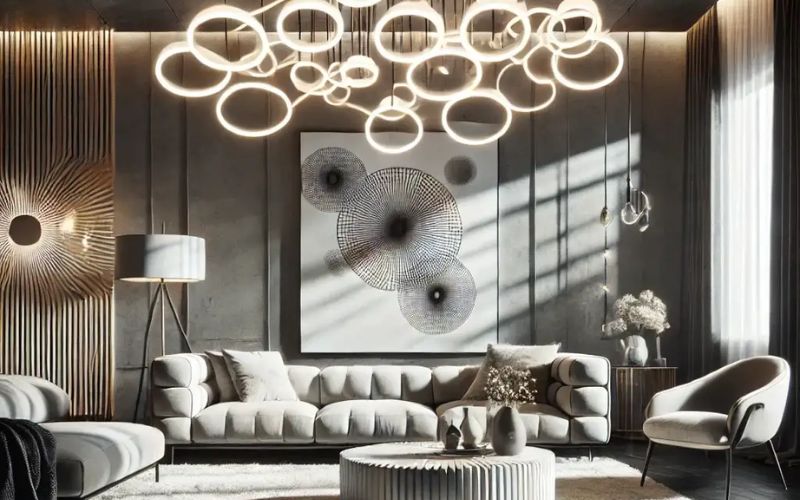
8. Statement Lighting
Setting the Tone
Lighting does more than illuminate; it defines the mood of a space.
In Dubai, statement lighting – whether in the form of oversized chandeliers or custom-made pendant lights – has become a focal point.
At Four Seasons Resort Dubai at Jumeirah Beach, dramatic crystal chandeliers serve as both functional lighting and art pieces.
Lighting design companies in Dubai have seen a 15% year-on-year increase in demand for custom lighting, according to Interior Design Magazine.
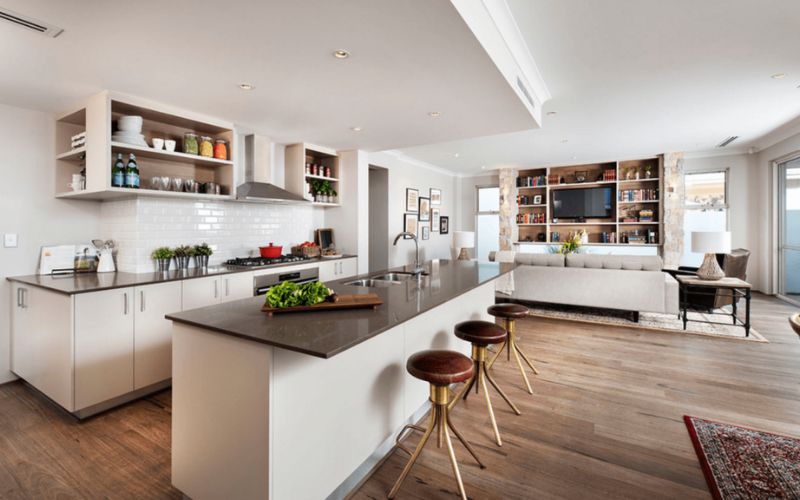
9. Open-Plan Living
Maximizing Space and Fluidity
In a city where space is often at a premium, open-plan living provides a solution that feels both expansive and functional.
By merging kitchen, dining, and living areas, designers are optimizing space without sacrificing luxury.
The Palm Jumeirah villas have adopted this trend extensively, where the integration of open-plan designs has increased the average property value by 20%, according to Knight Frank.
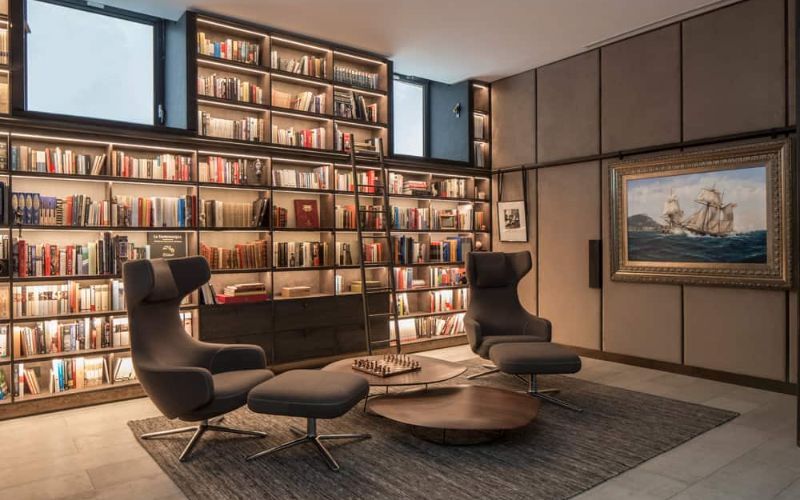
10. Bespoke Luxury
Tailored Elegance
Bespoke design is the epitome of luxury.
Whether it’s custom-made furniture or personalized artwork, clients in Dubai are looking for interiors that reflect their unique tastes and individuality.
The Royal Atlantis Residences is a prime example, where each residence is tailored with one-of-a-kind features like handcrafted finishes and custom-designed fixtures.
According to Luxury Property Dubai, homes with bespoke interiors have experienced a 40% higher demand compared to their pre-fabricated counterparts.
Dubai continues to redefine the boundaries of luxury interior design with its blend of technology, sustainability, and cultural influences.
From the sleekness of futuristic minimalism to the bold statement of Art Deco, these trends are not just reshaping interiors – they’re setting global benchmarks.
Whether you’re a homeowner, a developer, or an interior designer, staying ahead of these trends ensures that your projects not only impress but also resonate on a deeper level of sophistication and innovation.
